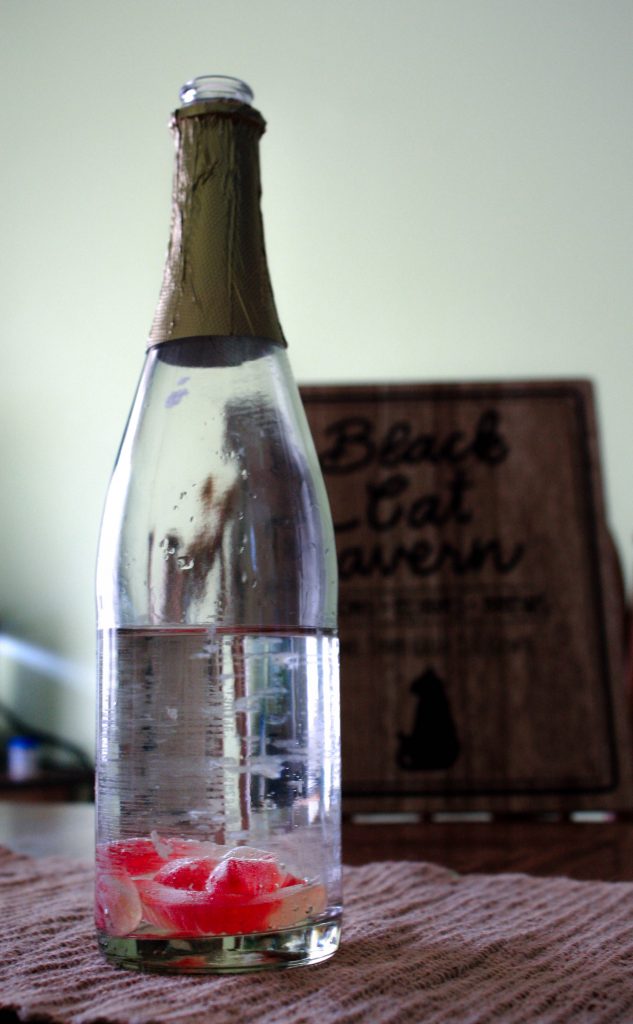
Rylie Horrall | Lifestyle Editor
Looking for a costume for Halloween, a party, festival, faire or convention? Search no further than Dancing Muse.
Dancing Muse is a costume shop located at 281 Main St. E in Monmouth — easily identifiable by the giant inflatable dragon in front. Enter through the door on the left and climb the steps to reach the store.
Officially opened on Oct. 18, the store is owned and operated by James Martin and Mary Harper, who bought the original costume shop that resided in Monmouth. The original shop was only open once a week, but Dancing Muse is open seven days a week, all year.
“We embrace Halloween year round,” Martin said. Dancing Muse is full of costumes that vary from Halloween to sci-fi related to pirate garb. More choices are available for those looking for Renaissance faire outfits or cosplay gear. The center spread of costumes in the store also changes seasonally.
In addition to their current selection, Dancing Muse makes custom costumes and accessories for their customers, and will even repair damaged ensembles that are brought into their store. Presently, Martin and Harper are repairing their sewing machines, which is delaying their current sewing availability.
The store uses the tagline “We Dress Naked People” on their business cards and social media sites to reference their business direction — meaning their business serves to get people fully dressed up for events they are attending.
“Naked is a community term referring to someone wearing street clothes, rather than garb/costume at a convention or festival,” Martin said.
Martin also stated that Dancing Muse uses a type of therapy that involves dressing up in costumes.
“Putting on a mask or costume at a party allows a person to become someone else, or to help hide fears and anxiety from others,” he stated.
Dancing Muse is open from 10 a.m.–7 p.m. Tuesday–Saturday, and 12–5 p.m. Sunday and Monday. The store can be found on Facebook, Instagram (@dancingmusedist) and Twitter (@dancingmuseshop).
Contact the author at rhorrall17@wou.edu
Photo by Cora McClain


















